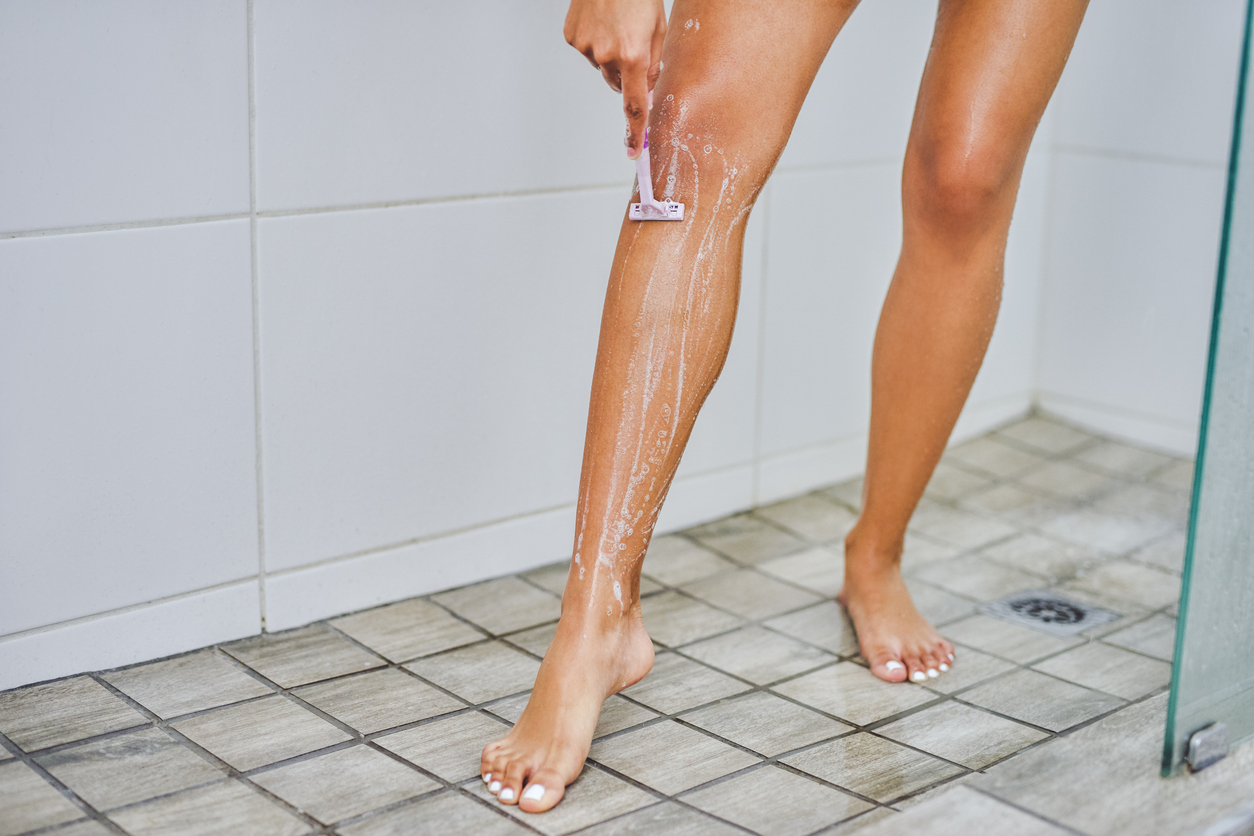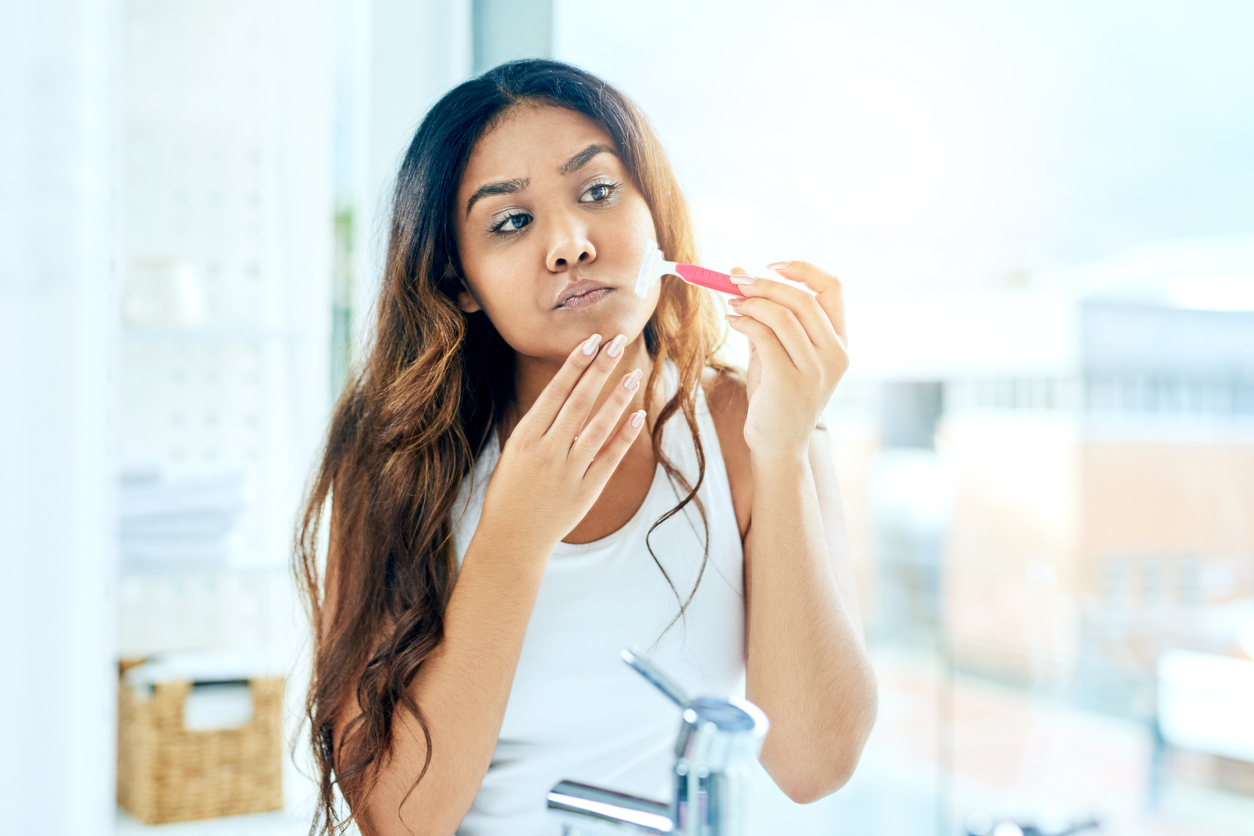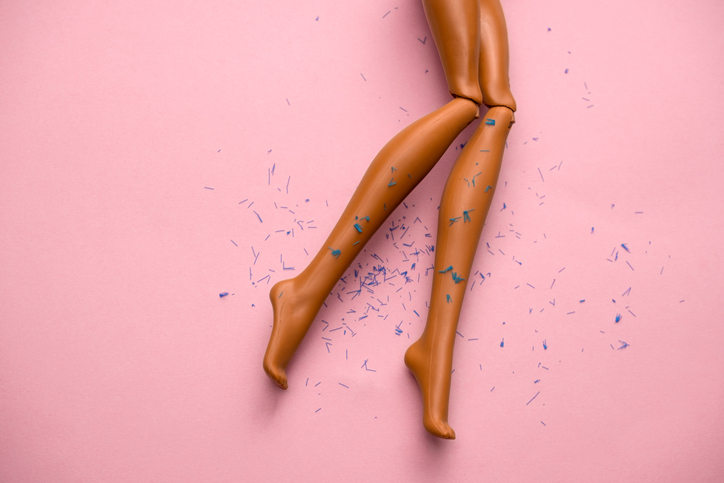Moles are small patches on the skin that form due to collections of cells called melanocytes, which produce the colour (pigment) in your skin.
The scientific name for moles is melanocytic naevi.
Moles are often a brownish colour, although some may be darker or skin-coloured. They can be flat or raised, smooth or rough, and some have hair growing from them. Moles are usually circular or oval with a smooth edge.
Moles can change in number and appearance. Some fade away over time, often without you realising. They also sometimes respond to hormonal changes, for example during:
- pregnancy – when they may get slightly darker
- teenage years – when they increase in number
- older age – when they may disappear from 40 to 50 years of age onwards
When do moles develop?
Some moles are present at birth, however most moles develop during the first 30 years of life. People with fair skin often have more moles than people with darker skin.
Most moles have a genetic cause and are inherited, this is often the case with people who have a lot of moles. Where you were brought up may also make a difference, for example, if you have spent a lot of time in the sun, you may have an increased number of small moles.
Harmless moles
Most moles are completely harmless. However, they may be unsightly and affect your confidence. Moles can also be a nuisance, for example if they regularly catch on your clothing or you cut them while shaving. These moles can be surgically treated, although it can be expensive.
You will usually have to pay for cosmetic mole treatment and it is often carried out at a private clinic. Ask your doctor for advice about where to get treatment.
If you are having a mole removed because it is a nuisance, your surgeon may just shave the mole off so that it is level with your skin. This is known as a shave excision. The wound may then be closed with heat during a process called cauterisation.
Checking your skin
You should check your skin every few months for any new moles that develop (particularly after your teenage years, when new moles become less common) or any changes to existing moles. A mole can change in weeks or months.
Things to look for include:
- moles with uneven colouring – most moles only have one or two colours, but melanomas have lots of different shades
- moles with an uneven or ragged edge – moles are usually circular or oval with a smooth border
- bleeding, itching, red, inflamed (swollen) or crusty moles
- moles that get a lot bigger – most moles are no bigger than the width of a pencil
A helpful way to remember what to look for is to use the ABCDE method.
- A – asymmetry
- B – border irregularity
- C – colour change
- D – diameter
- E – elevated (raised) or enlarged
Moles like this can occur anywhere on your body, but most happen on the back, legs, arms and face.
If you notice any changes to your moles or are worried about them, see your doctor. Changes to a mole may be an early indication of a type of skin cancer called melanoma.
Cancerous moles
While most moles are benign (non-cancerous), in rare cases they can develop into melanoma. Melanoma is a serious and aggressive form of skin cancer.
Melanomas usually appear as a dark, fast-growing spot where there was not one before, or a pre-existing mole that changes size, shape or colour and bleeds, itches or reddens.
The main treatment for melanoma is surgery, although your treatment will depend on your circumstances. If melanoma is diagnosed and treated at an early stage then surgery is usually successful, although you may need follow-up care to prevent melanoma recurring.
Read more about treating melanoma.
Preventing cancerous moles
If you have a lot of moles, it’s important to take extra care in the sun. Although it’s not always possible to prevent melanoma, avoiding overexposure to UV light can reduce your chances of developing it.
You can help protect yourself from sun damage if you:
- stay in the shade when the sun is at its strongest (between 11am and 3pm)
- cover up with clothes, a wide-brimmed hat and sunglasses
- use a high-factor sunscreen (minimum SPF15) and reapply it regularly, particularly after swimming
- avoid using sunlamps or sunbeds because they give out UV rays





